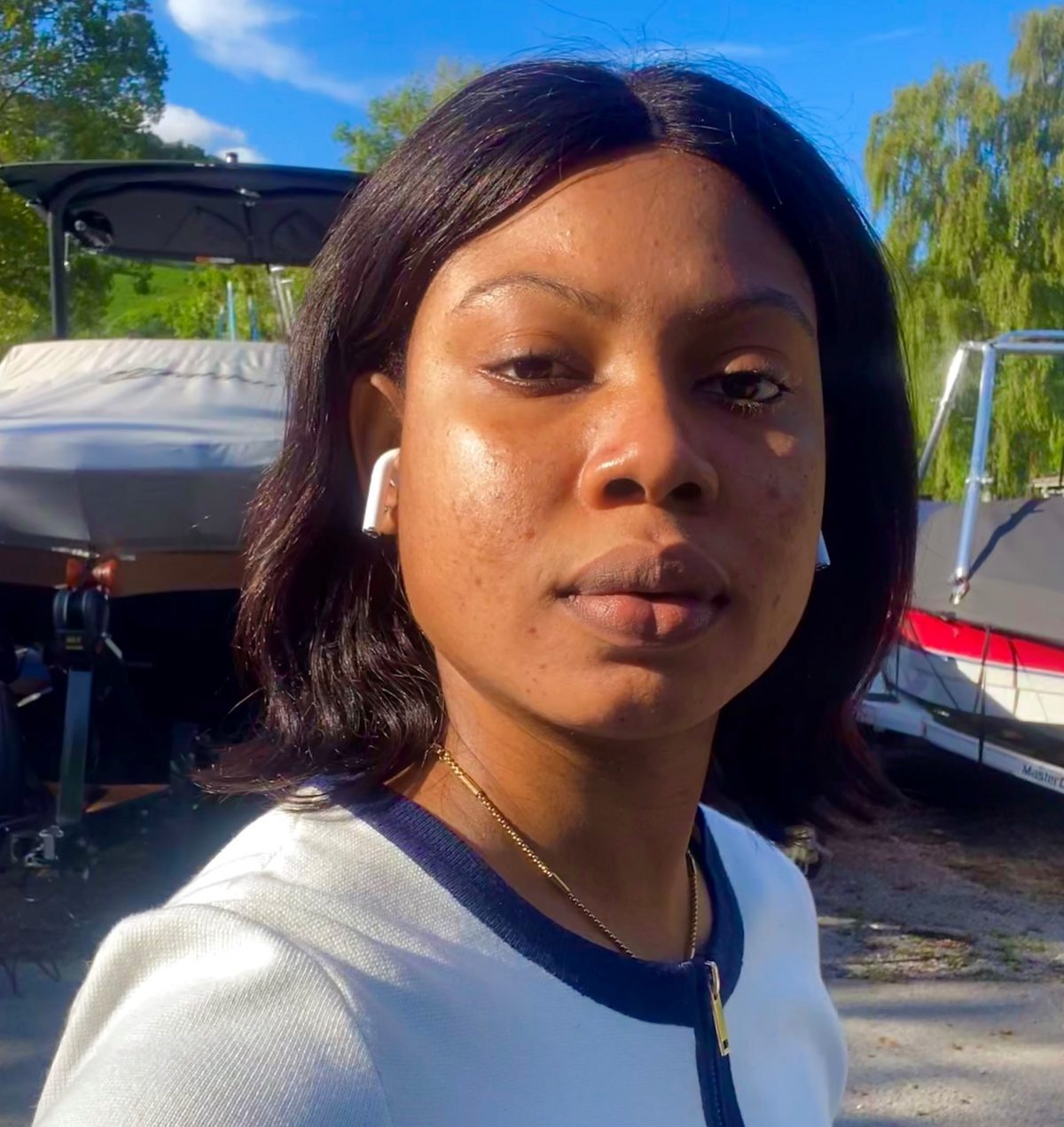My name is Victoria Patricks. I am a Nigerian . I did my undergraduate in Biomedical Engineering @ Bells University of Technology, Ota, Ogun State, Nigeria. And my final year project was on Development of Mobile Android Haemodialysis Calculator App(MAHCA) because the most common means of calculating haemodialysis quantities in a health organisation in Nigeria was the use of pen to manually calculate and obtain results. This approach was outdated and time-consuming. It was also seen to be Prone to error in a time-pressured clinic environment and resulted to poor clinical decision-making outcomes. I developed the app to calculate creatinine clearance, dialysis clearance and make predictions on the stages of chronic kidney disease and also basic clinical renal recommendations. I recently worked in an equipment calibration firm were I got basic knowledge of calibration . and here I am doing a PHD in Prosthetics and
Title: Improving clinical rehabilitation process for lower limb using body-worn monitoring sensors.
Project Aim: To develop a system that visualises and analyses clinical information from monitoring device that would aid clinical decision-making process.
Project Objectives: 1) To develop relevant clinical outcomes from complex physical activity data and provide feedback to Prosthetists.
2) To understand what information is relevant from body-worn sensors and optimally display this information
3) To test that the visual system informs effective clinical decisions to aid rehabilitation and support process.
Current Problem: Did you know that an estimate of 40 million people requires prosthetic and orthotic services? Meanwhile, the current methods used to deliver these services prove to be inadequate and leads to non-compliance with devices. These existing methods are known to be subjective in nature and lack good evidence-based system. The lifecycle for the provision of prostheses services includes fitting of prosthesis, training, rehabilitation, support and repair which, are challenging to measure because clinicians lack the right tools to do it.
My research focuses on developing a system that analyses and visualises measurements from body-worn sensors which would be used to improve clinical decisions on rehabilitation and continuous support for lower-limb prosthetic users.
Monitoring technologies like body-worn sensors provide us with big data on physical behaviour and demonstrate its ability to be a Clinical Outcome Measurement Tool.
To achieve this aim, I would explore the need of obtaining information from body-worn sensors with clinicians using a semi-structured interview. The results from the interview would be analysed on NVIVO using thematic analysis.
The interpretation from the thematic analysis would be used to develop a visualisation system that analyses and visualises data obtained from body-worn sensors. I would go on to use body-worn sensors to collect physical activity data from lower-limb prosthetic users in UK and Cambodia and test the activity data on the developed visual system to improve the system further.
I would then carry out a focus group with clinicians to feedback the system features for further remodelling to suit the clinicians need. I would also feedback the activity data collected from prosthetic users to clinicians which would be used to inform effective clinical decisions on rehabilitations and patients support. Finally, I would perform the final test on the visual system by using a controlled study where information is provided to clinicians using the traditional methods versus using the visual system, to see if using the visual system would improve the rehabilitation and support processes given by the clinicians.
Supervisors: Prof. Malcolm Granat, Dr. Peter Worseley
Hobbies: Travelling,
Likes: water sports, Ping Pong (Table Tennis), writing and editing.

